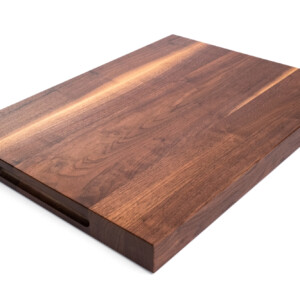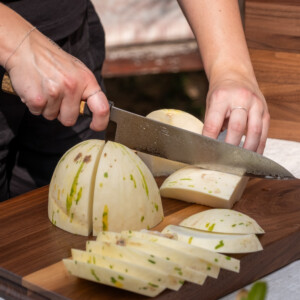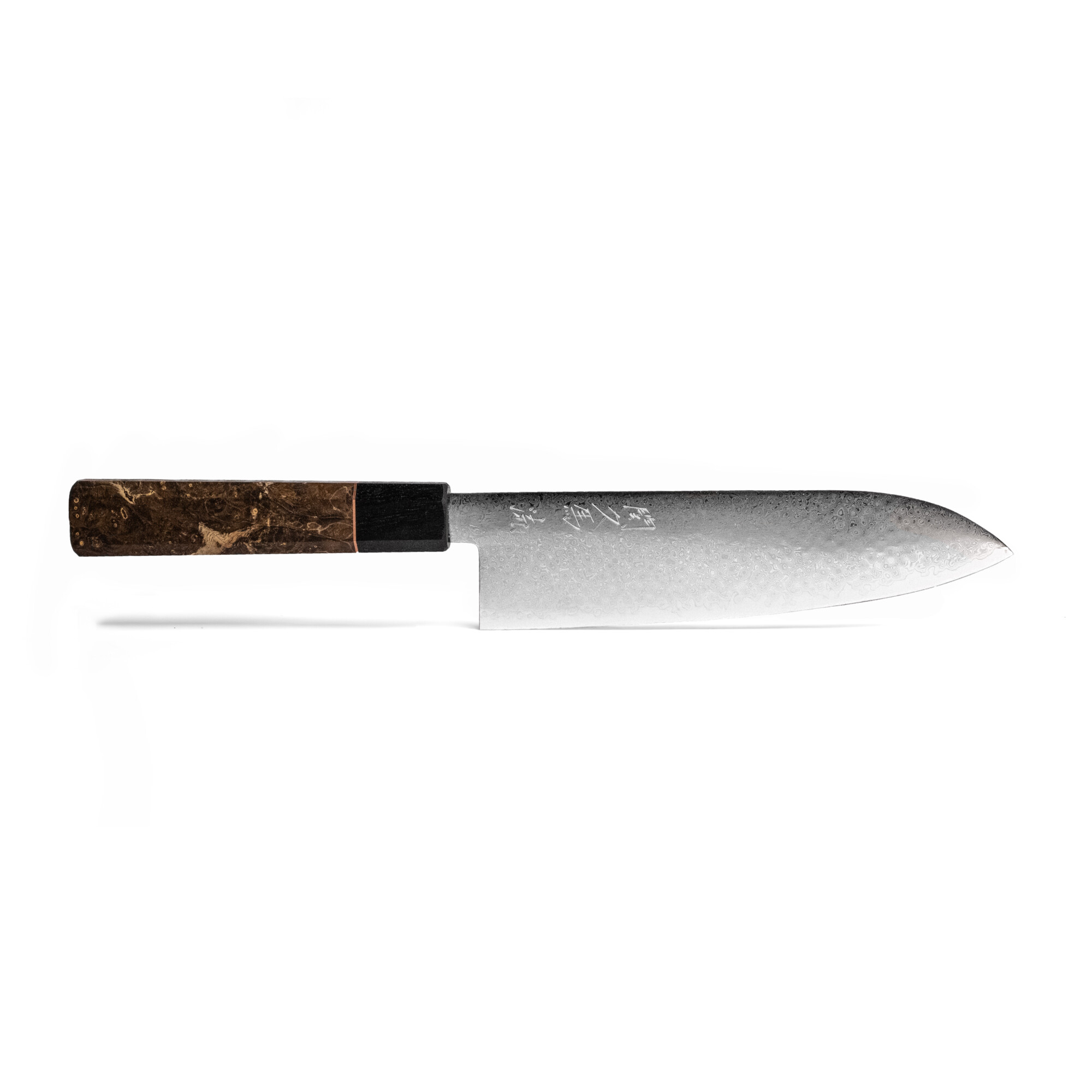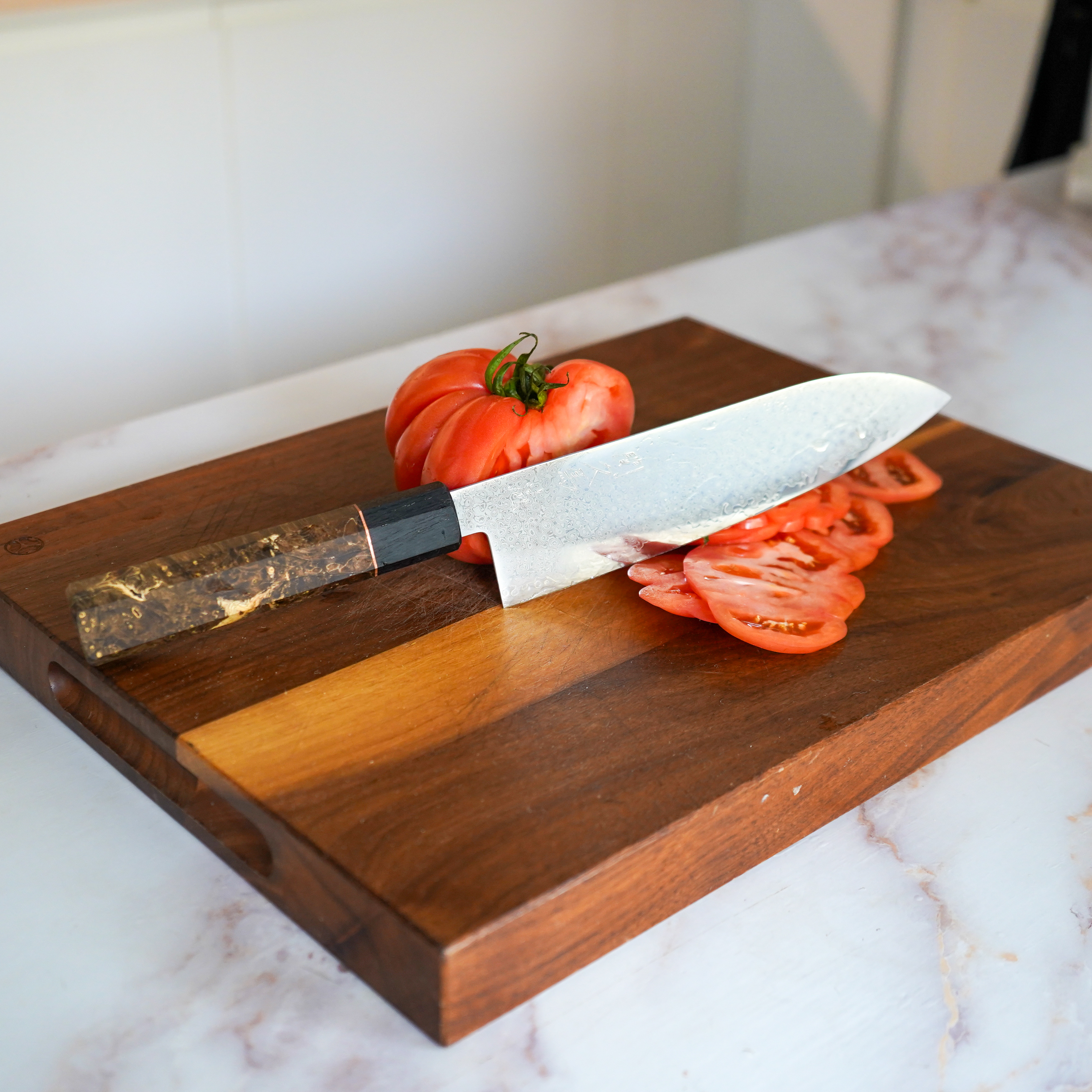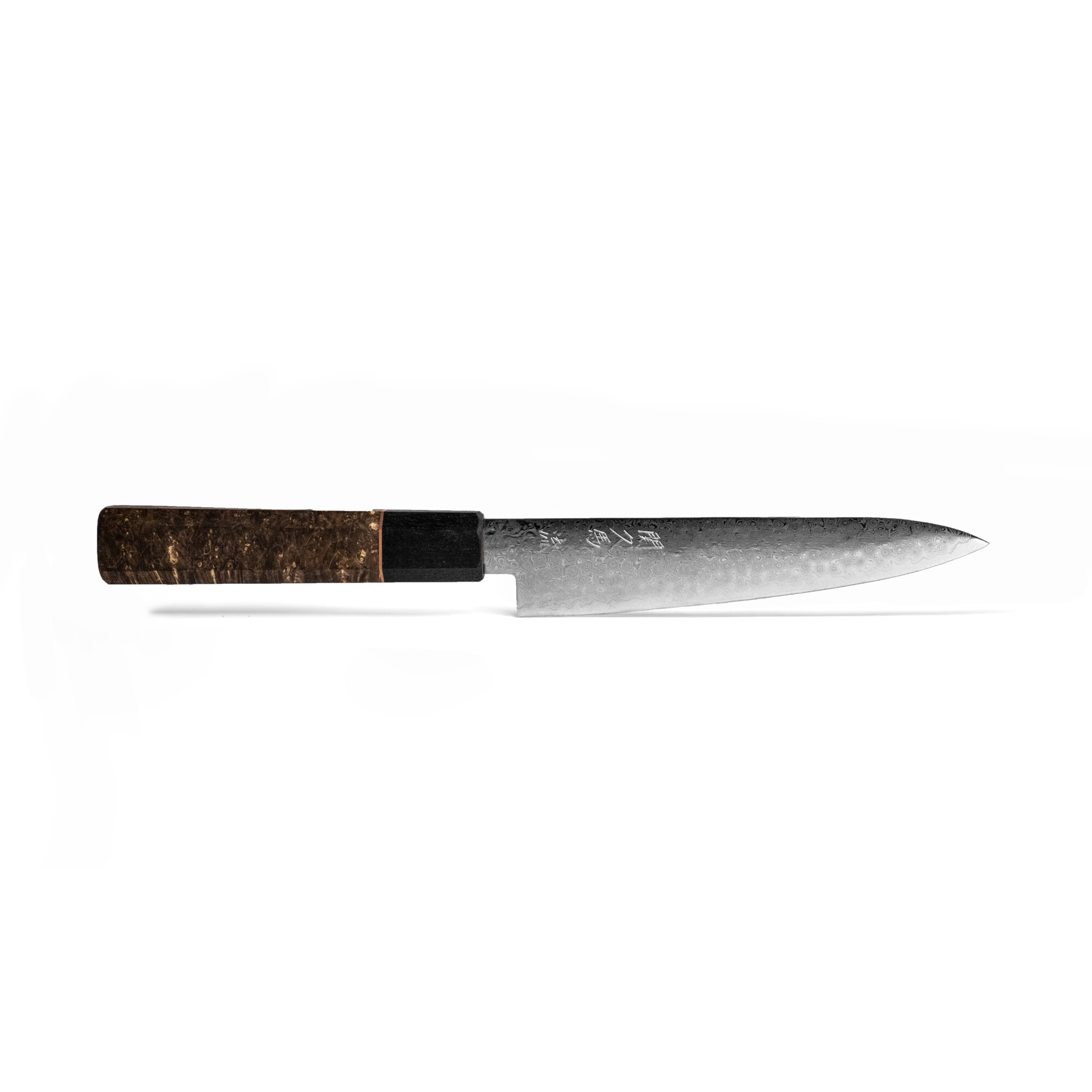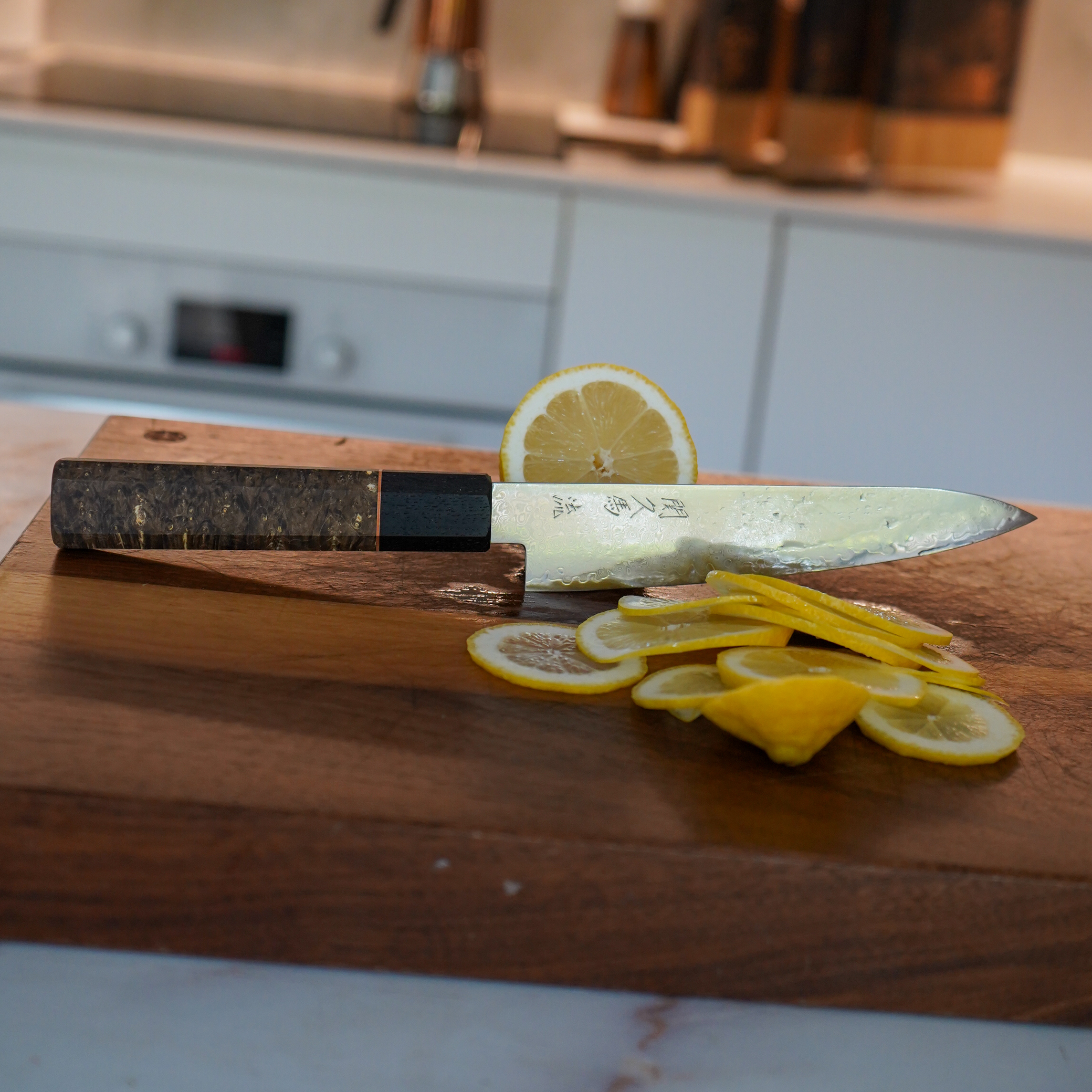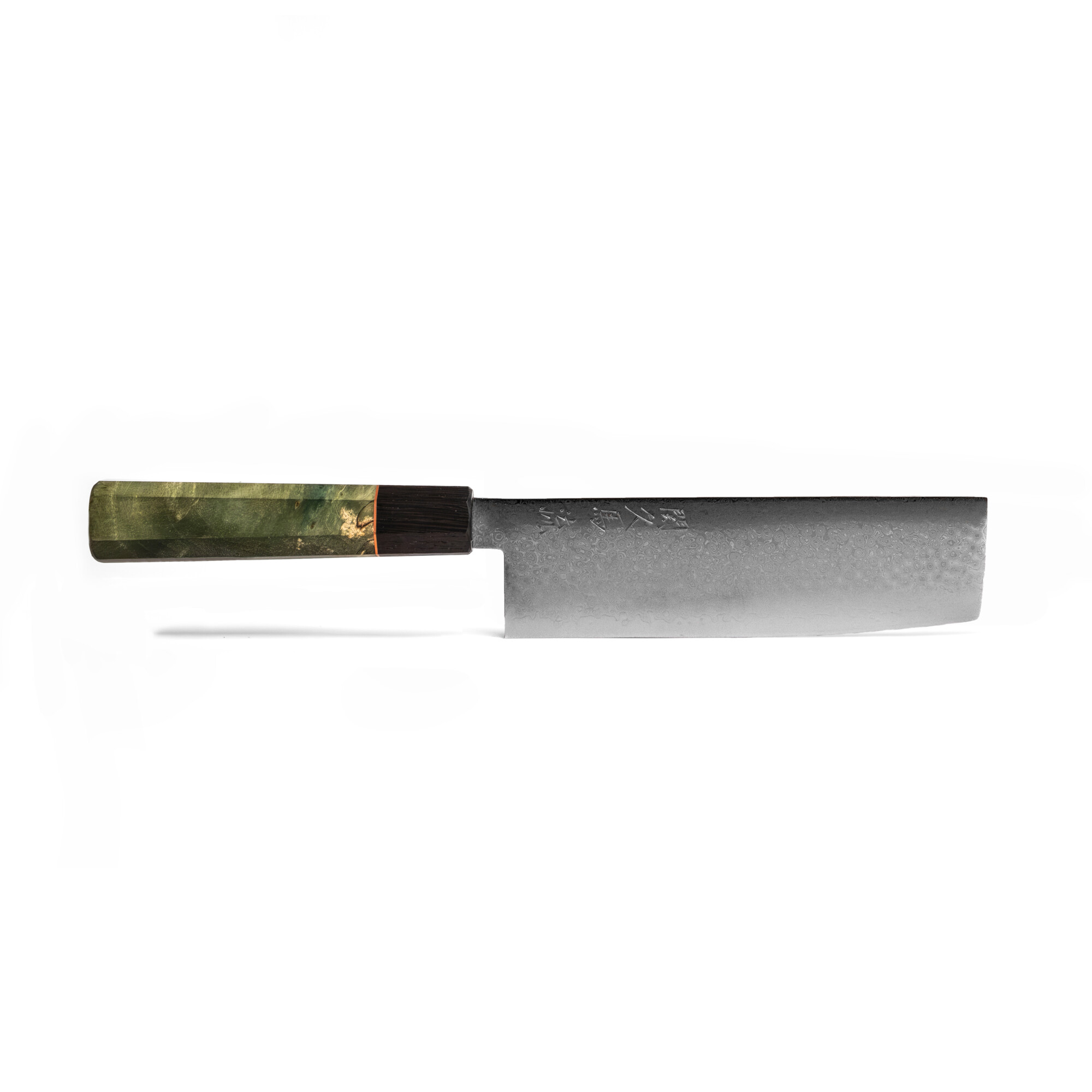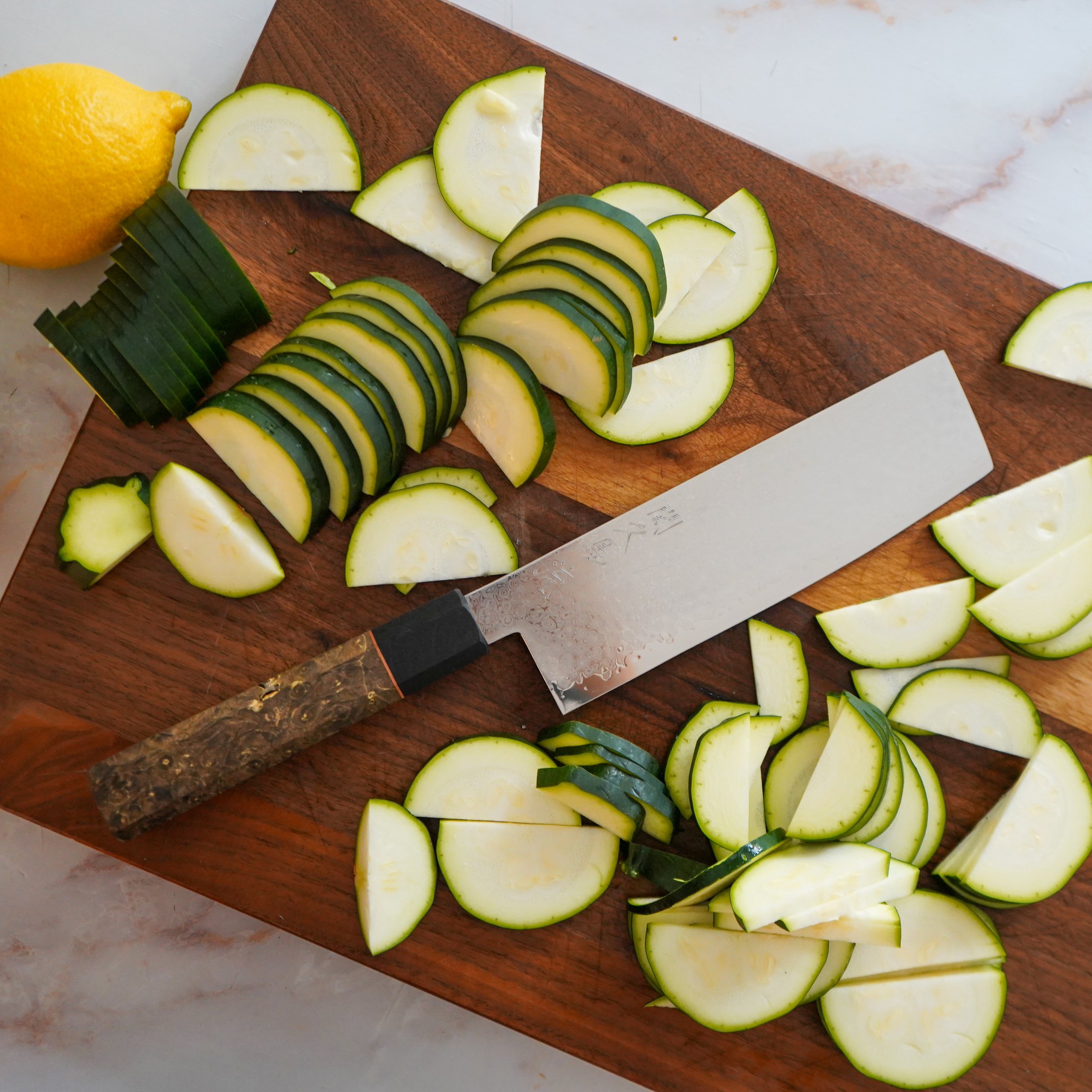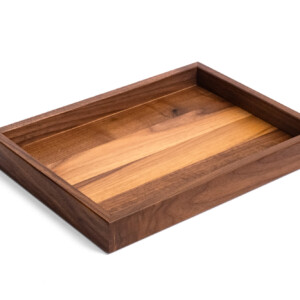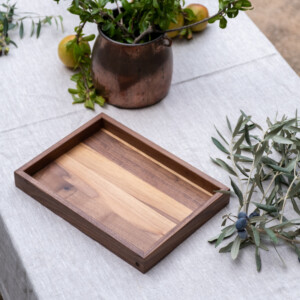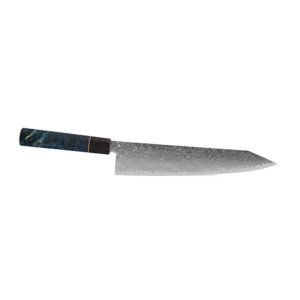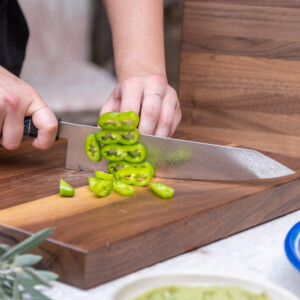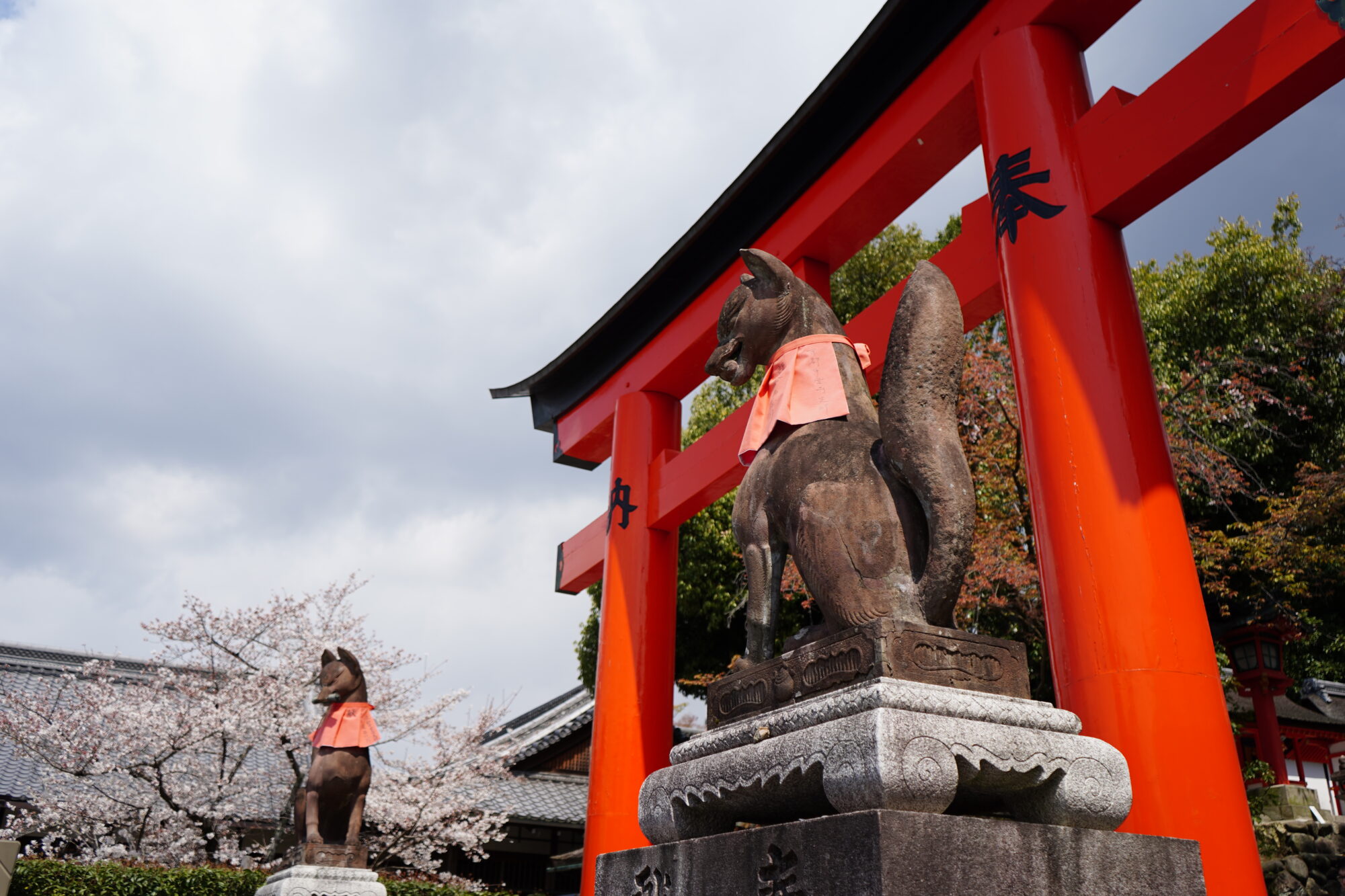Among the legendary weapons that have carved their place in martial history, few command as much mystique and respect as the Japanese katana. This iconic sword, with its distinct curved blade, has captured the imagination of warriors, scholars, and enthusiasts alike, its graceful arc a testament to the ingenious metallurgy and design principles that forged its place in the annals of Japanese culture.
But why, one might ask, is the katana blade curved? What strategic advantages or cultural significance lies behind this enigmatic design? To unravel the secrets of the katana’s curvature is to delve into the heart of Japanese swordsmithing traditions, where every aspect of the blade’s form is imbued with purpose, functionality, and a profound respect for the nation’s rich heritage.
The Way of the Curve
The distinct curve of the katana is a defining characteristic that sets it apart from its Western counterparts. Unlike the relatively straight blades of European swords, the katana’s blade arcs gracefully, with a subtle yet pronounced curvature that has captivated swordsmiths and martial artists for centuries.
This curve, known as the “sori” or “bochi,” is not merely an aesthetic choice; it is the result of a careful balance between form and function, a design philosophy that reflects the samurai’s unwavering pursuit of perfection in both combat and craftsmanship.
One of the primary advantages of the katana’s curved blade lies in its ability to concentrate the sword’s mass towards the tip, allowing for more efficient and powerful slicing motions. This design principle, coupled with the blade’s exceptional hardness and sharpness, enables the katana to cleave through even the toughest materials with remarkable ease.
The curvature also facilitates a smoother, more fluid cutting motion, reducing the resistance and drag that a straight blade might encounter. This fluidity not only enhances the sword’s overall cutting power but also allows for more precise and controlled strikes, a crucial factor in the intricate and highly-skilled art of Japanese swordsmanship.

Structural Integrity and Resilience
Beyond its cutting prowess, the katana’s curved design also contributes to the blade’s structural integrity and resilience. The gradual arc of the blade distributes the stress and impact forces more evenly along its length, reducing the risk of fractures or deformations that might occur with a straight blade under similar conditions.
This inherent resilience was particularly crucial in the heat of battle, where the katana had to withstand the immense forces generated during combat while maintaining its sharpness and structural integrity. The curved design ensured that the blade could withstand the rigors of warfare without compromising its lethality or longevity.
While the katana’s curved design undoubtedly offers functional advantages, its significance extends far beyond mere practicality. In the realm of Japanese swordsmithing, the katana is not merely a weapon; it is a sacred embodiment of the samurai’s unwavering spirit, a physical manifestation of the virtues and philosophies that governed their way of life.
The curve of the katana is believed to symbolize the harmonious balance between strength and flexibility, a principle that resonates deeply with the samurai’s code of honor and discipline. Just as the curved blade can bend without breaking, the samurai warrior was expected to possess an unyielding resolve tempered by wisdom and adaptability.
Additionally, the katana’s curved form is often associated with the natural grace and fluidity of Japanese aesthetic traditions, reflecting the nation’s deep reverence for harmony, balance, and the beauty found in simplicity and functionality.
The Oishya Connection: Bringing the Spirit of the Katana to the Kitchen

At Oishya, we understand the profound cultural and philosophical significance that lies at the heart of Japanese swordsmithing traditions. Our premium kitchen knives are not merely tools for culinary mastery; they are embodiments of the same principles that guided the forging of the legendary katana. Like the katana, our knives boast a subtle yet purposeful curvature, a design element that not only enhances their cutting ability but also pays homage to the rich heritage of Japanese blade-making. Each blade is meticulously crafted by artisans who have dedicated their lives to upholding the ancient techniques and philosophies that have defined this revered craft for centuries.
When you wield an Oishya knife, you are not simply holding a culinary implement; you are wielding a piece of living history, a tangible connection to the legacy of the samurai and the indomitable spirit that shaped their way of life. Just as the katana’s curve embodied the harmonious balance between strength and flexibility, our knives are designed to seamlessly blend razor-sharp precision with graceful resilience, empowering you to approach your culinary endeavors with the same unwavering focus and dedication that defined the samurai warriors of old.
From the precision of our blade geometries to the carefully curated materials and traditional forging techniques, every aspect of our knives is a celebration of Japanese swordsmithing heritage. Whether you are a professional chef, a passionate home cook, or simply an admirer of exquisite craftsmanship, an Oishya knife is more than a tool; it is a work of art, a manifestation of centuries of tradition and a testament to the enduring spirit of the katana.
The curved design of the Japanese katana is more than just a functional choice; it is a symbol of the ingenuity, cultural heritage, and unwavering spirit that have defined Japanese swordsmithing for generations. As we marvel at the enigmatic allure of this iconic weapon, we are reminded of the rich tapestry of traditions and philosophies that have shaped its form and imbued it with a significance that transcends mere combat.
At Oishya, we are committed to preserving and honouring this legacy, ensuring that the principles and artistry that birthed the katana continue to inspire and guide our craft. With each knife we forge, we pay tribute to the samurai warriors who embodied the virtues of honor, discipline, and relentless pursuit of perfection, virtues that still resonate within the curved blades of our culinary masterpieces. So, whether you are a collector, a martial artist, or simply an appreciator of exquisite craftsmanship, the curved design of the katana stands as a testament to the enduring power of Japanese cultural heritage and the indomitable spirit that has shaped its legacies for generations to come.










